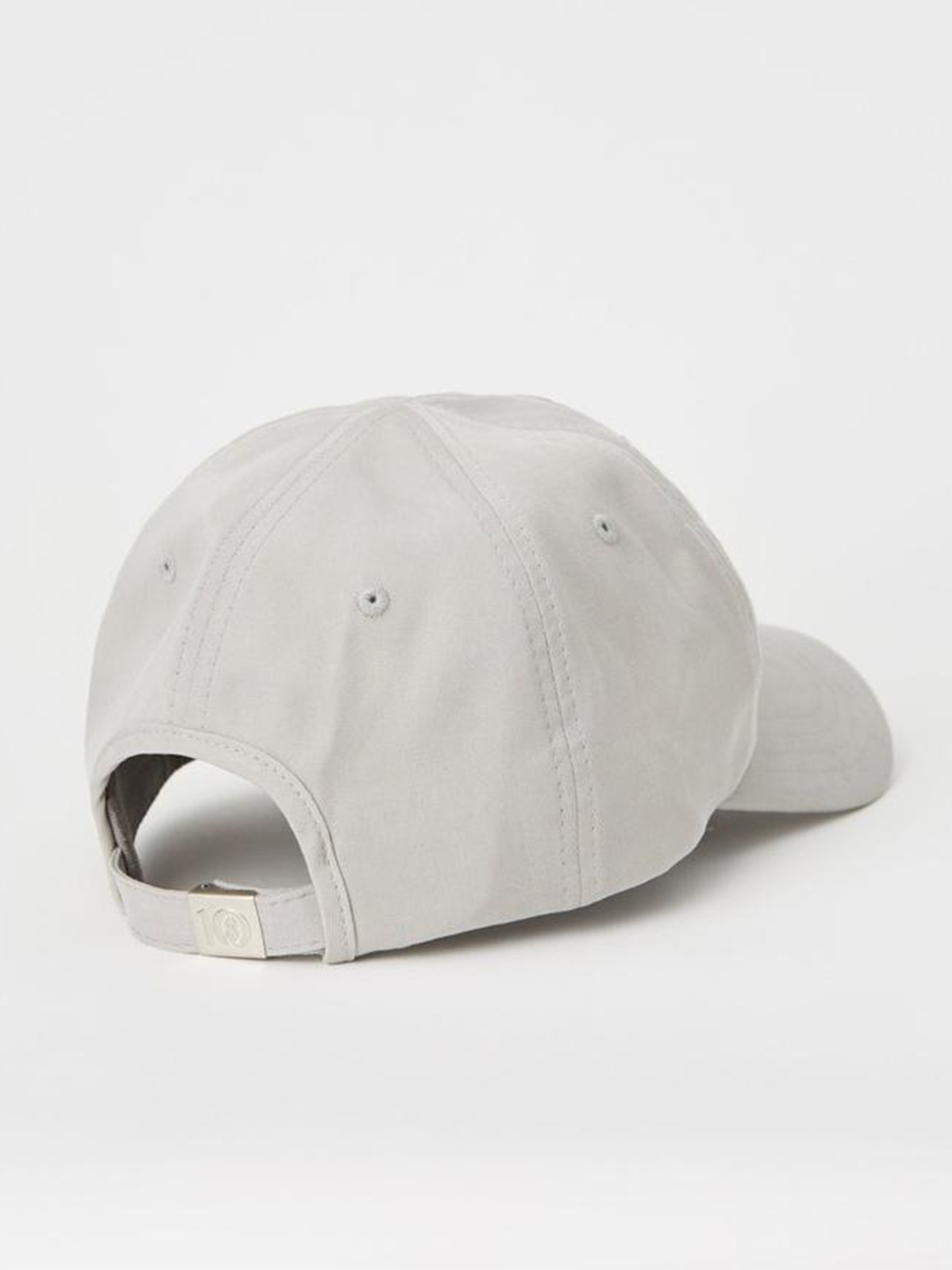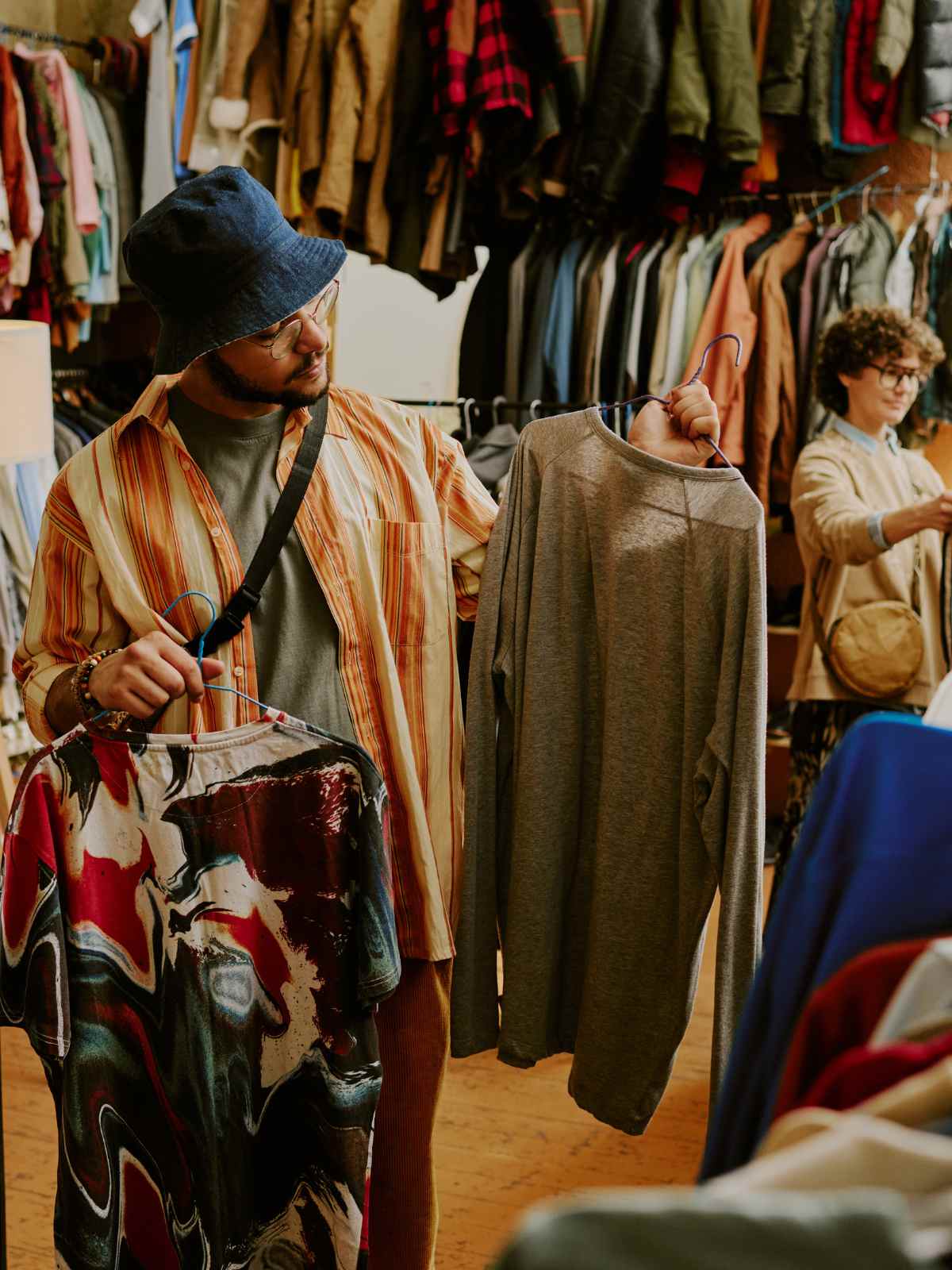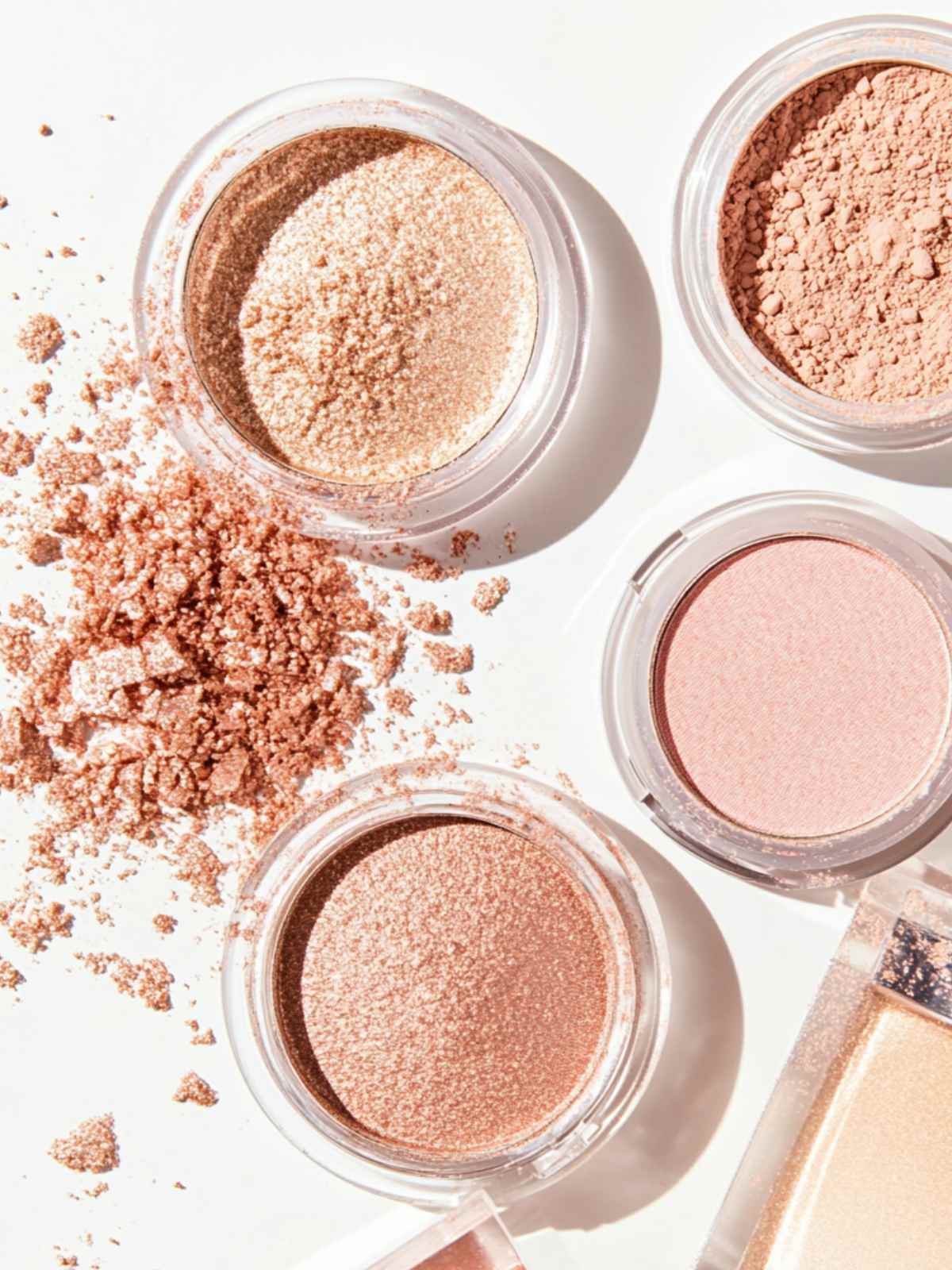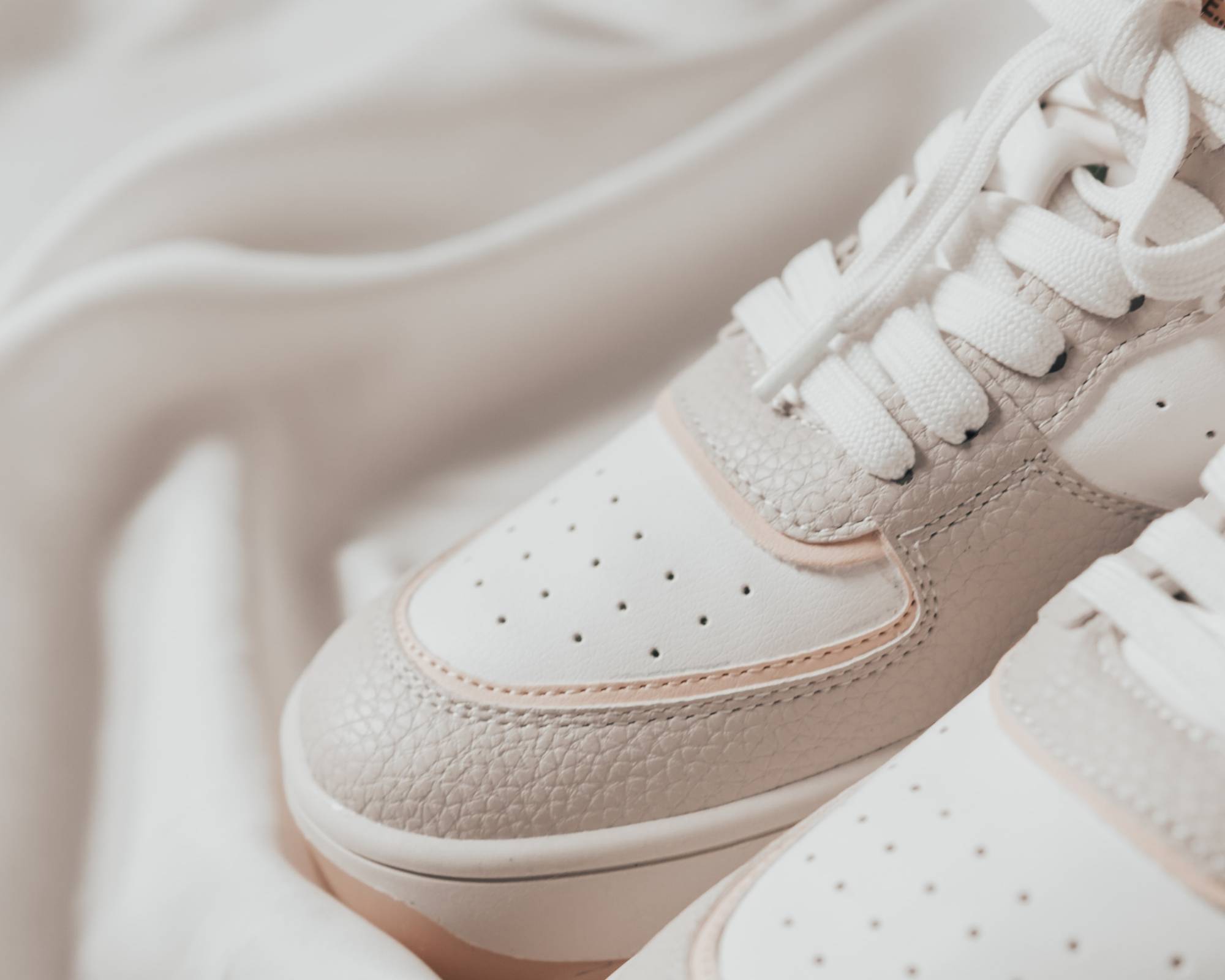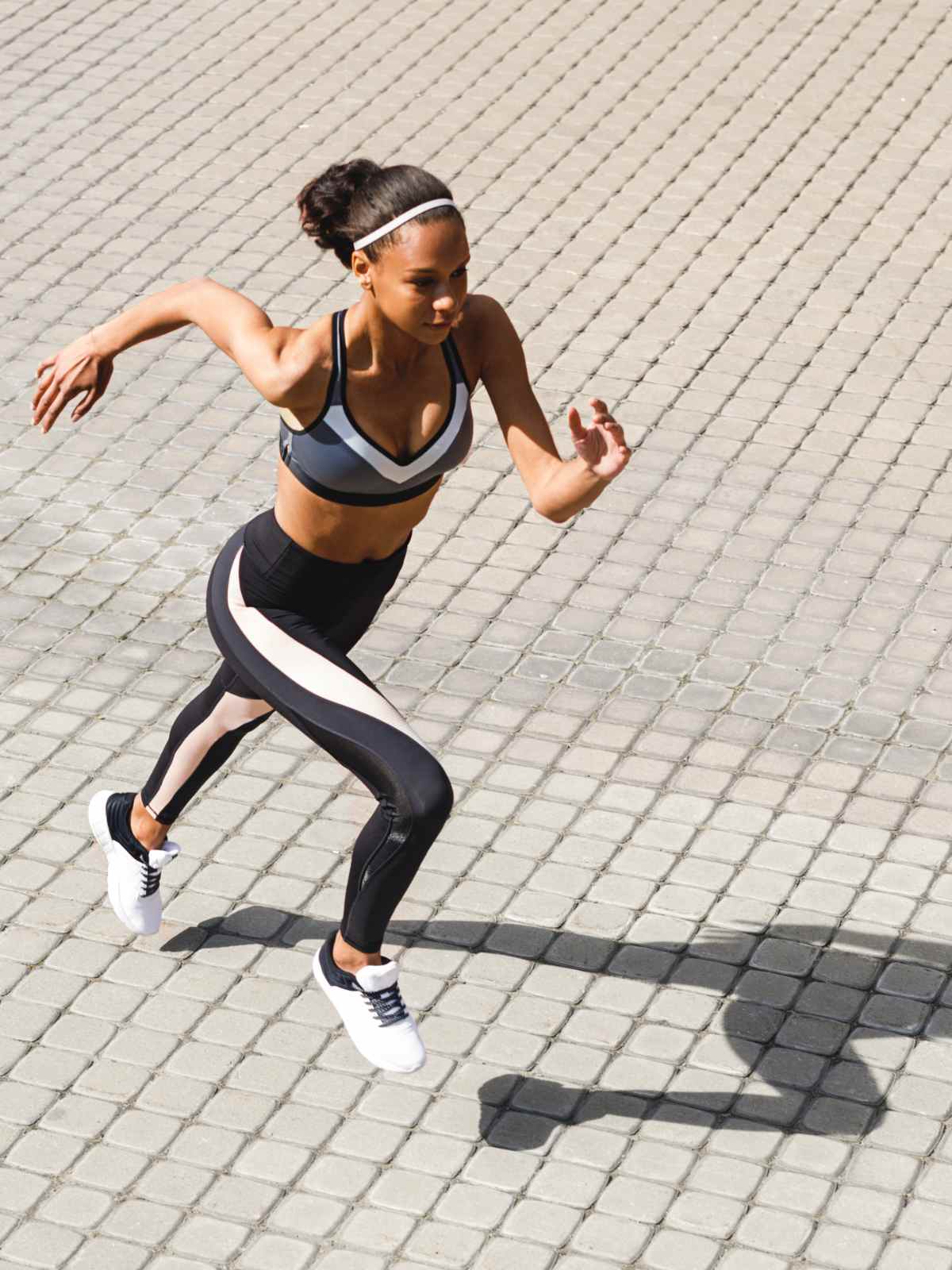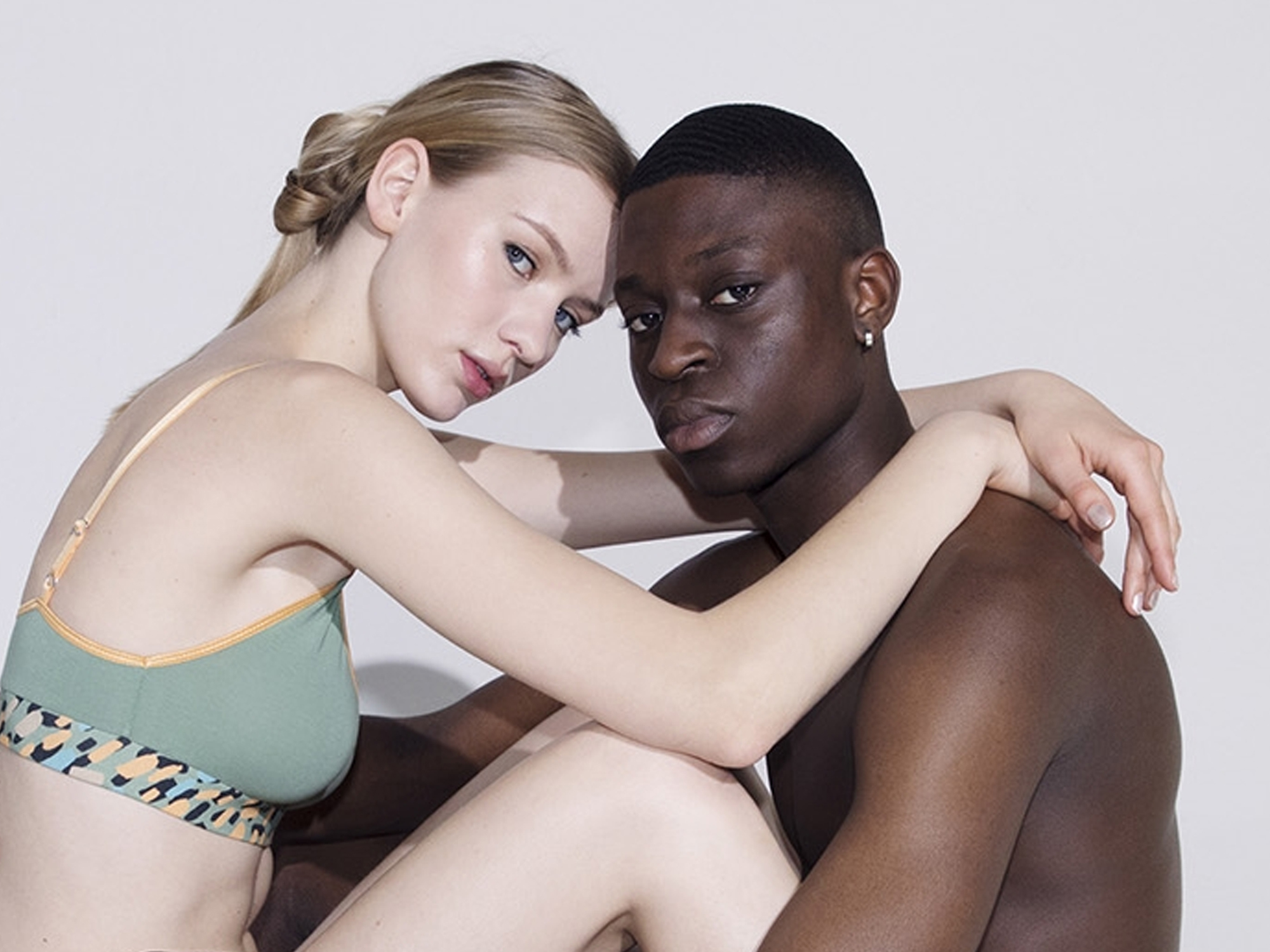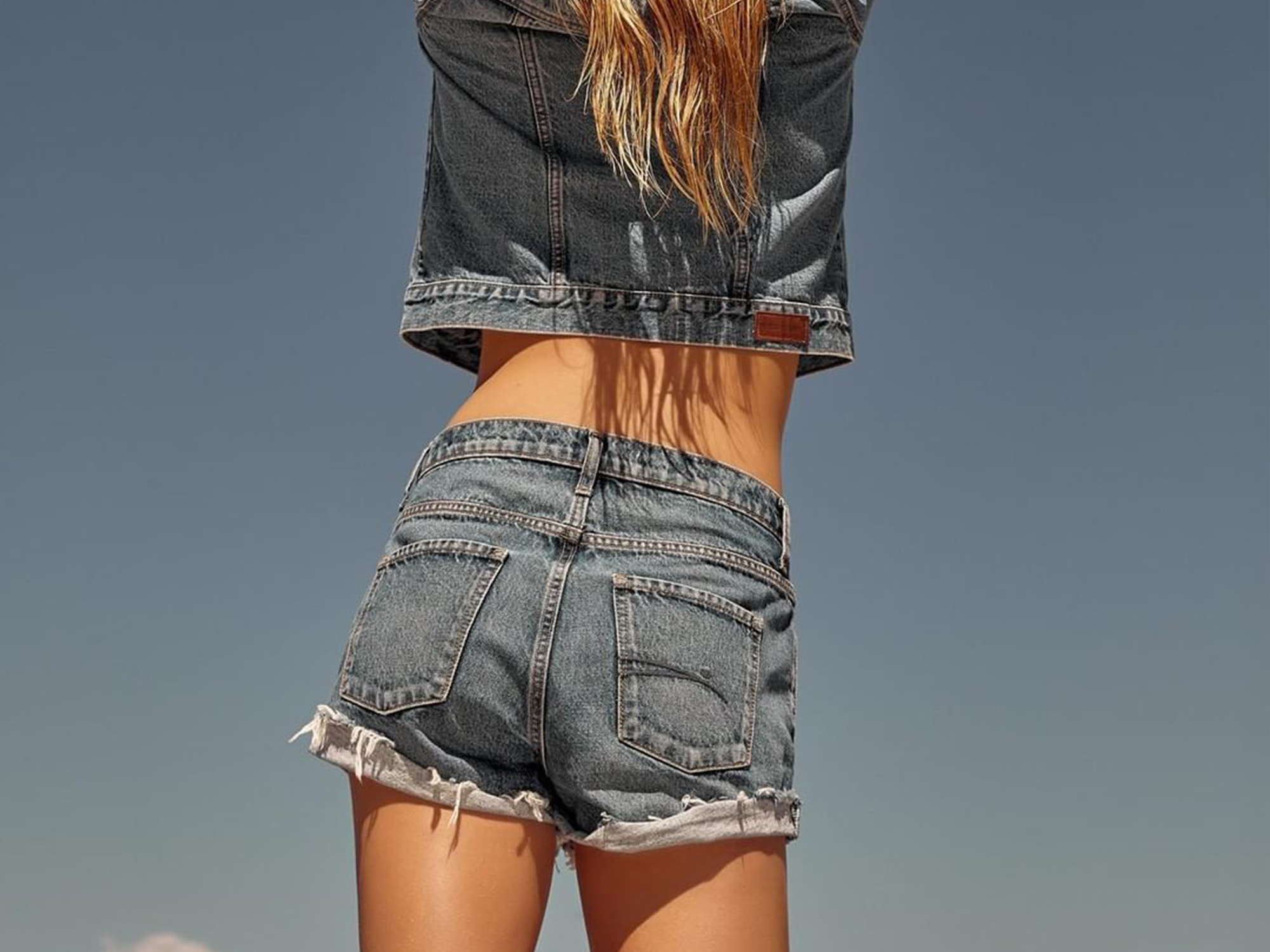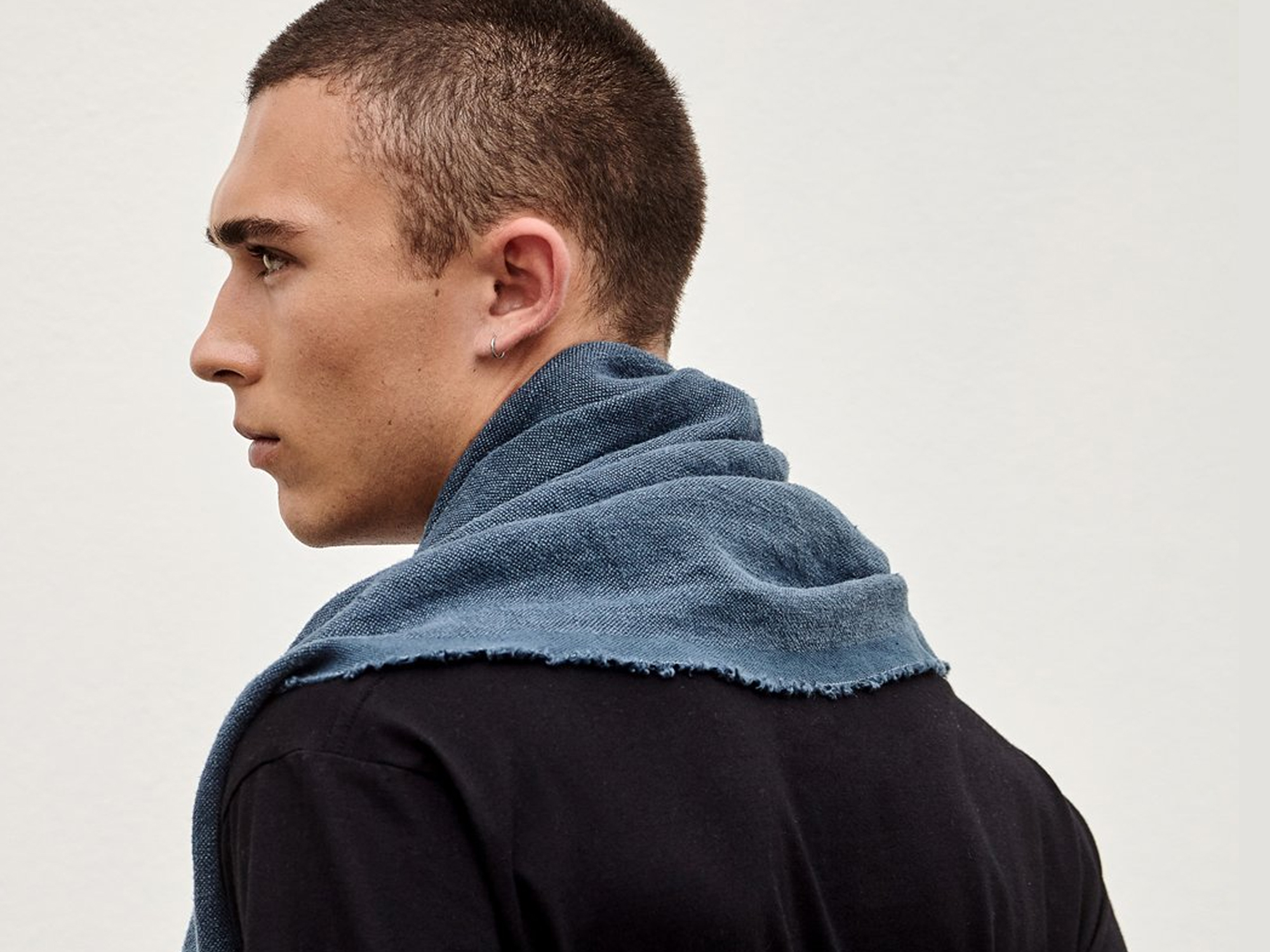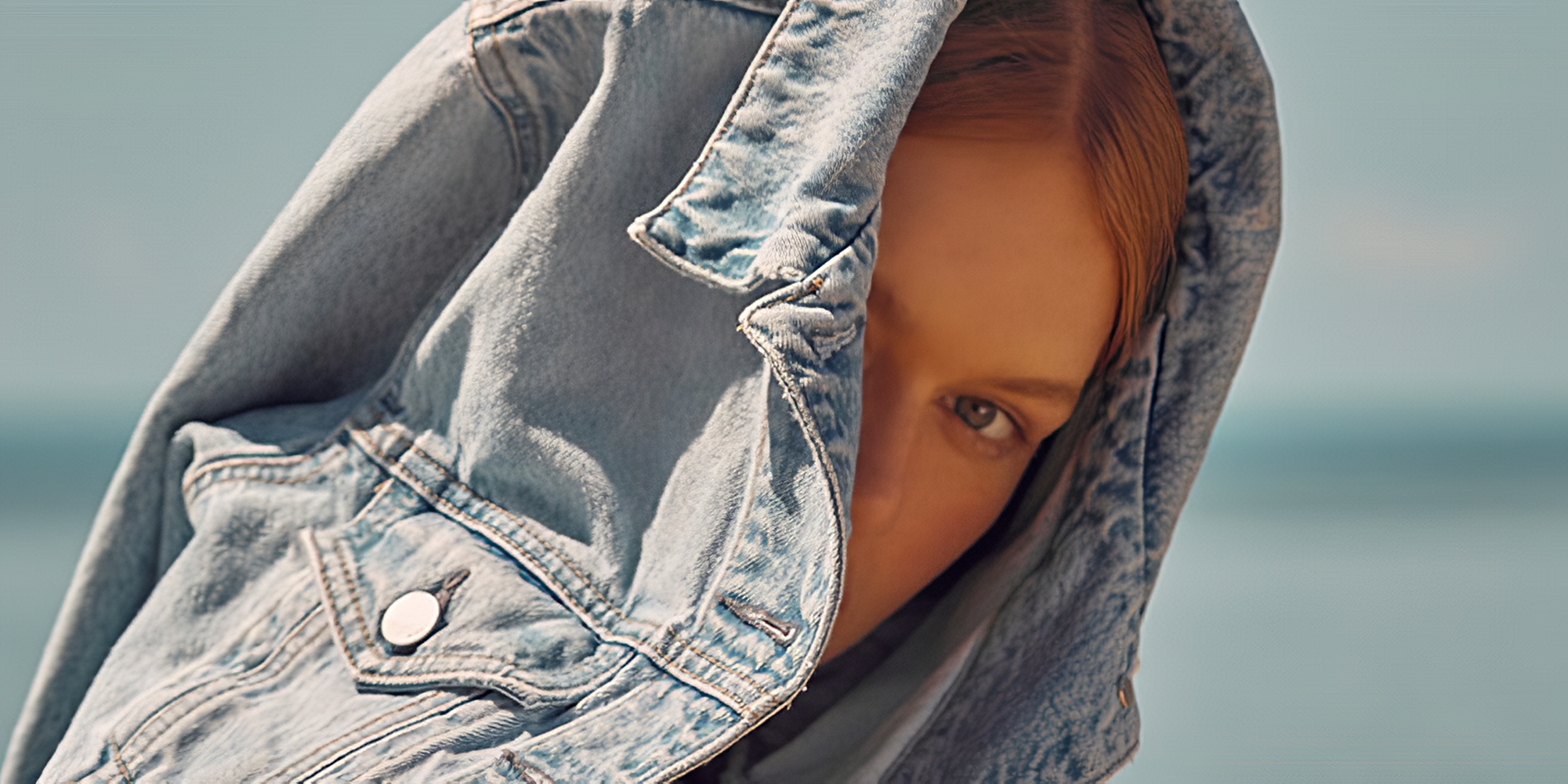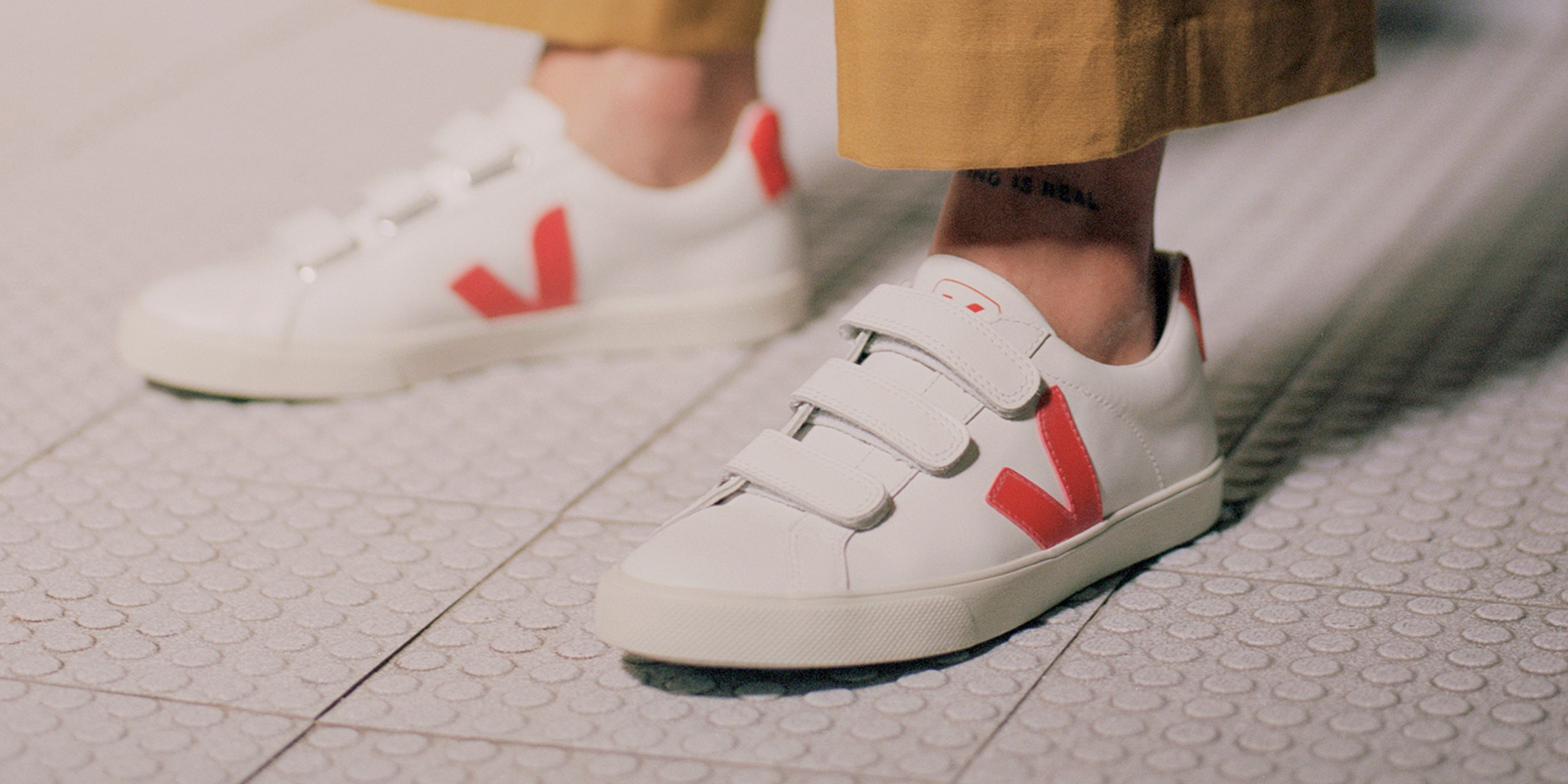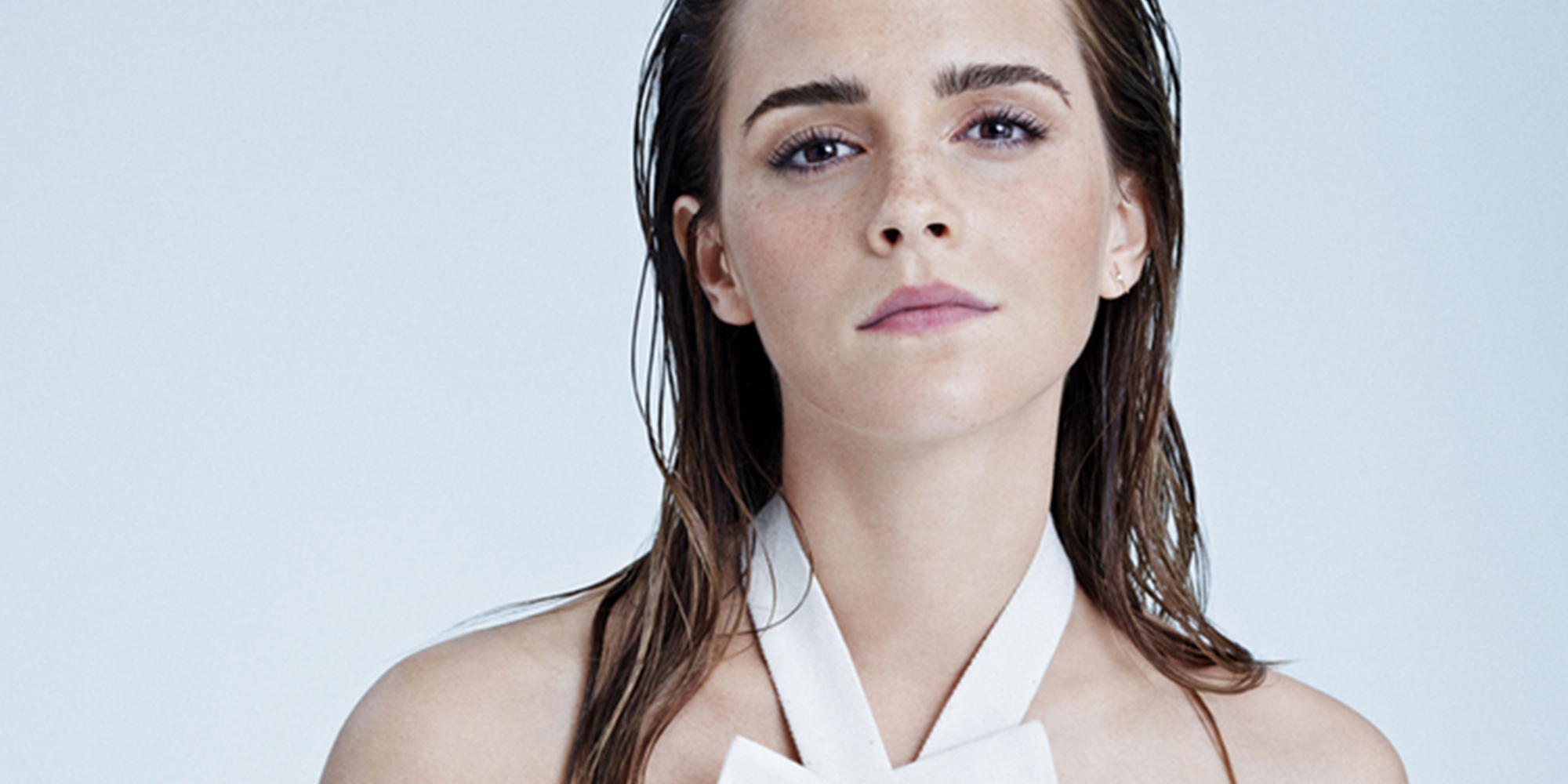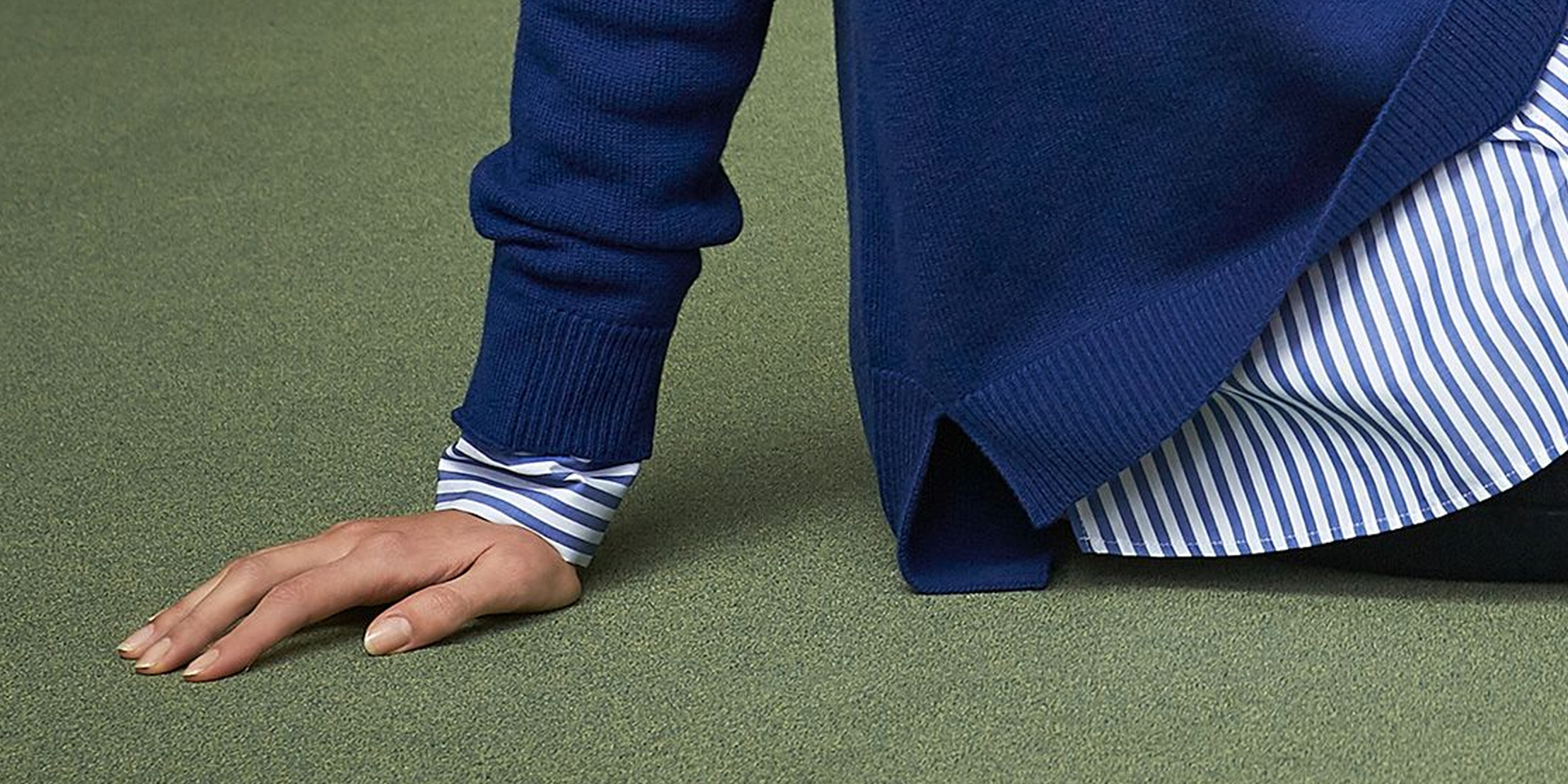Sneakers continue to be amongst the most loved, comfortable, and versatile shoes on the market. But not all sneakers are created equal, and unfortunately, most of the biggest sneaker brands on the planet rate “It’s a Start” or below and aren’t doing enough for people, the planet, and animals. Keep reading to discover the ratings of the most well-known sneaker brands. This article is based on the brands’ ratings published between February 2022 and May 2023, and may not reflect claims the brand has made since then. Our ratings analysts are constantly rerating the thousands of brands you can check on our directory.
Most sneaker brands aren’t doing enough for people, the planet, and animals
Sneakers are a beloved wardrobe staple. They offer comfort, style, and versatility like no other footwear. Whether you’re rocking a classic pair of Converse Chuck Taylors or embracing the latest Adidas Ultraboosts, sneakers have become a symbol of contemporary fashion, catering to our ever-evolving lifestyles.
But unlike our faithful running or gym shoes, which tend to stick around for a few seasons, trendy sneakers have taken on a different life cycle. In a world where trends change as quickly as social media feeds refresh, sneakers have become more than just shoes: they are symbols of identity, statements of style, and sometimes even status symbols. These fashionable kicks, often driven by the fast fashion industry, have transformed our perception of sneakers. We’ve been conditioned to pounce on a fresh pair as soon as the previous trend wanes.
As a result, sneakers flood the market at astonishing rates. According to data from Future Market Insights, the global sneaker market was estimated to be worth a staggering $72,232 million in 2022. And the projection for 2032? An eye-popping $139,876 million.
It’s no surprise then that fast fashion giants, like SHEIN, have eagerly embraced the sneaker trend, offering them at incredibly low prices—as low as $7. These bargain basement prices might seem tempting, but they often come at a steep cost to the environment and the people who make them.
So, amidst this sneaker frenzy, what about the big players? The giants of the sneaker world, like Adidas and Nike, have undeniably dominated this ever-expanding market for decades. But how do these colossal brands fare when it comes to sustainability? How are they impacting people, the planet, and animals? How do the biggest sneaker brands on the market rate?
While a few sneaker brands may earn a rating of “It’s a Start” on sustainability measures, sadly, the largest and most renowned sneaker brands are, for the most part, falling short in their efforts to lower their impact on the Earth and its inhabitants.

